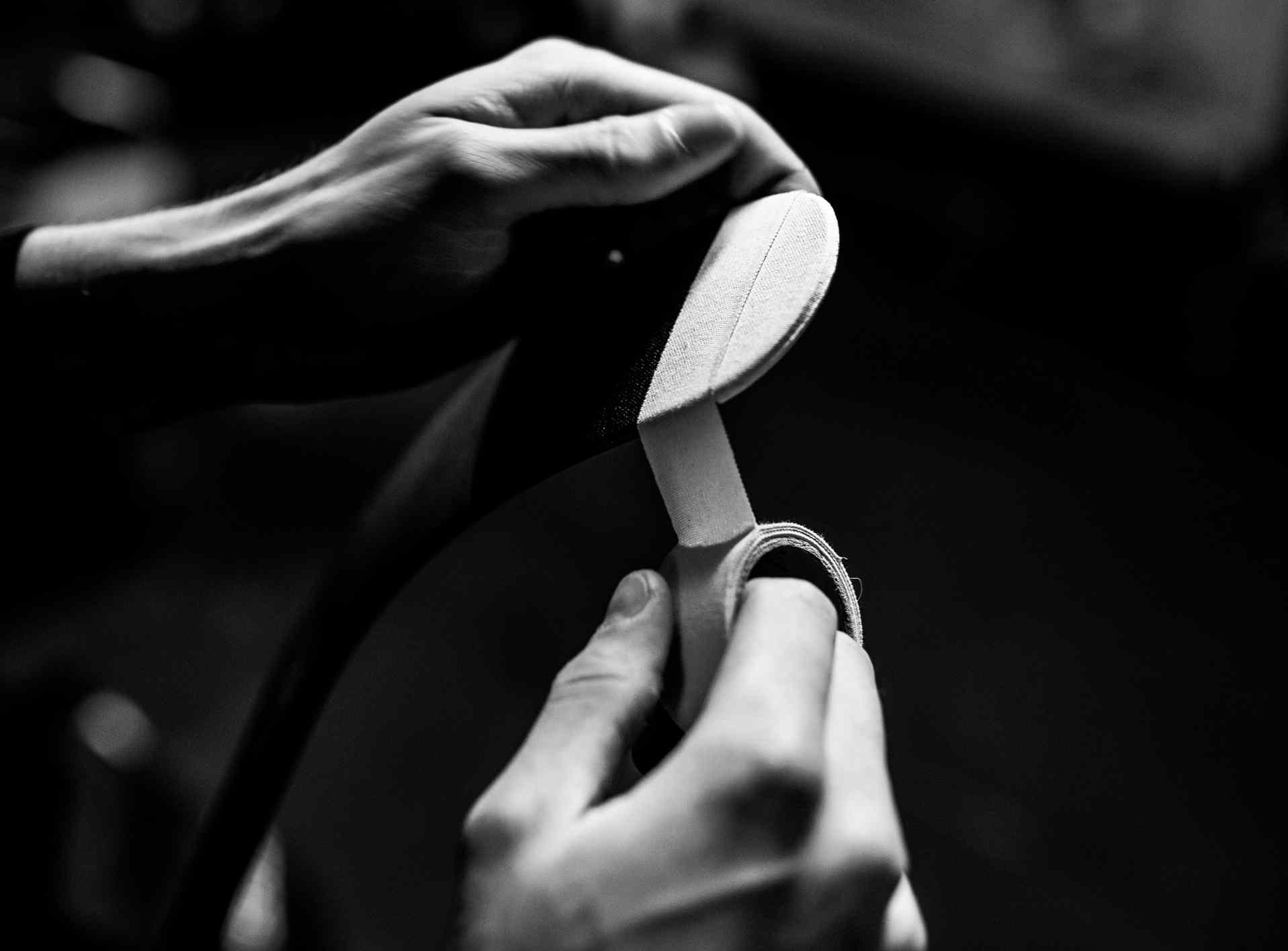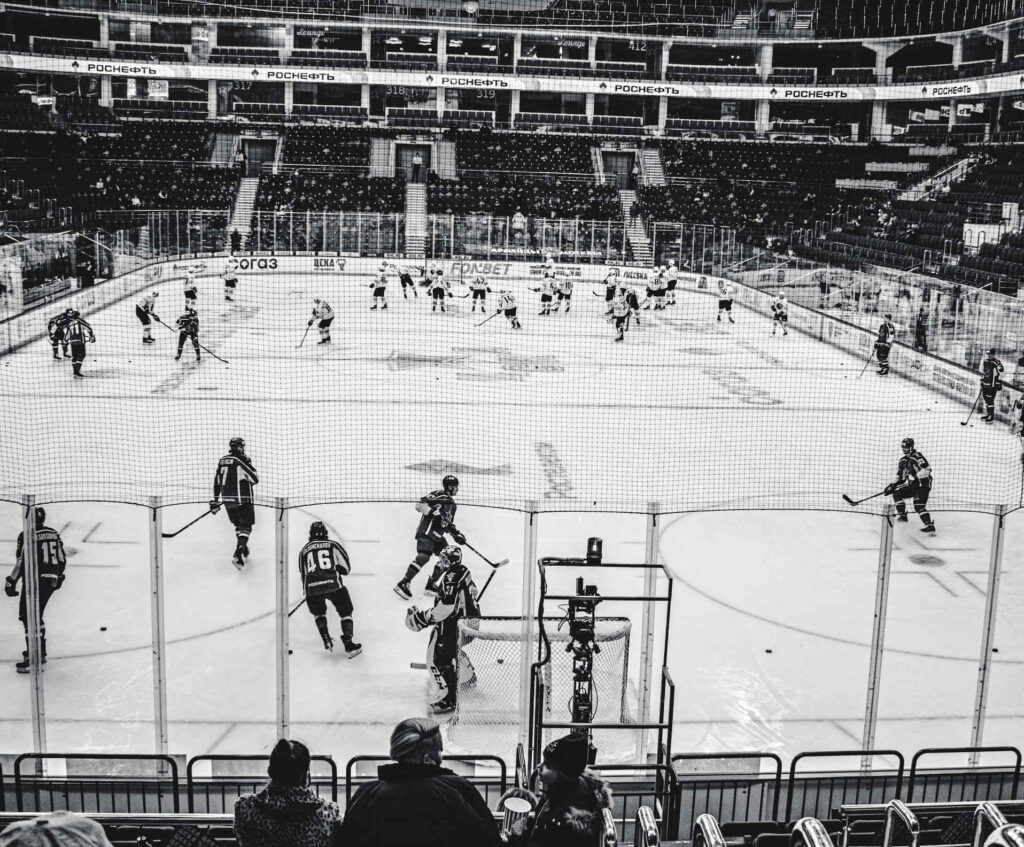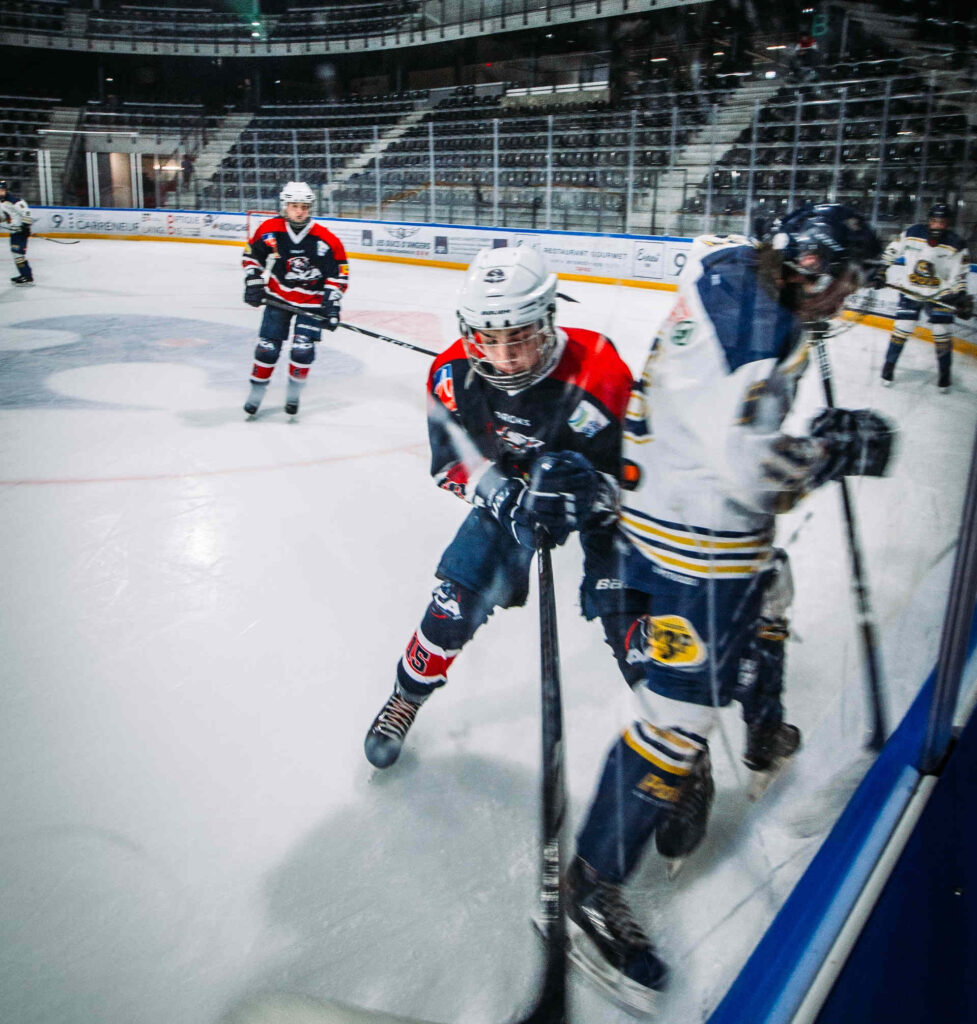
Ice Hockey vs Field Hockey
The word hockey tends to evoke a range of emotions and not all the same. Depending on who and where you are, you may be thinking either of ice hockey or field hockey.
Obviously, these are related sports but also quite different. Let’s go over some of the most interesting questions that come to mind when comparing these two sports.
Table of Contents
What Came First? Ice Hockey or Field Hockey?
The historical record indicates that contemporary forms of field hockey and ice hockey both developed in the 1800s.
Field hockey had its beginnings in Britain while ice hockey started out in Canada, especially in and around the city of Montreal.
That being said, field hockey is commonly said to precede ice hockey. This is because precursors to field hockey, so-called stick and ball games, already existed before the 1800s and were the foundation of what ultimately evolved to become contemporary field hockey.


Is Ice Hockey More Popular Than Field Hockey?
If you are American or Canadian, it’s easy to assume that ice hockey is vastly more popular than field hockey.
The NHL, or National Hockey League, in North America has done its part to promote the popularity of ice hockey in Canada and the United States. In Canada ice hockey is even said to be the national sport.
Field hockey, on the other hand, does not really enter the national consciousness. In many parts of the United States and Canada, field hockey is barely recognized. It is commonly perceived as a pastime for the affluent and privileged.
However, once we broaden our horizon and compare these sports internationally, the picture is dramatically different. While ice hockey is preeminent in North America (Canada and the United States) and in Scandinavian countries (Sweden, Denmark, Norway, Iceland), field hockey is more prevalent in most other countries in the world.
This distribution is understandable when you take into account historical and climactic factors.
The cost of establishing and maintaining ice hockey rinks is substantial. This alone is a tall order in many developing countries. No question about it, the warmer climate in Southern latitudes makes it more expensive to operate ice rinks. North America and Nordic countries, on the other hand, save on lower cooling costs and are even able to set up outdoor arenas during wintertime.
Another factor to take into account is that field hockey originated in Britain and benefited from global dispersion as a result of the British Empire and later the Commonwealth. This explains the greater popularity of field hockey in South Asia, Australia and Africa.
Interestingly, the usage of the word hockey reflects the relative popularity of the sports by region. Whereas hockey is taken to refer to ice hockey in North America and Scandinavia, in most other countries it is used to denote field hockey in common parlance.
How Are Teams Structured in Ice Hockey vs Field Hockey?
The team structure is one of the major differences between ice hockey and field hockey.
A regular field hockey team will have 11 players, consisting of 1 goalkeeper (aka goalie) and 10 regular players on the field (defensive players, midfielders and forwards). In addition, there will be 5 substitute players on the sideline. Thus a full contingent in field hockey consists of 16 players.
Ice hockey teams, on the other hand, are much smaller and the number of players on the ice can also vary depending on the gameplay. A team can have a maximum of 6 players on the ice. That includes 1 goaltender (also known as goalie) plus 5 players (usually 3 forwards and 2 defensemen). Note that during overtime play, which can occur after an even score in regulation time, this number is reduced from 5 to 3, ostensibly to make it easier for teams to score.
There are obviously practical reasons for the different team sizes. For one, Ice hockey rinks are quite expensive to set up and operate, so a smaller area can be more cost effective. Secondly, ice hockey players themselves cannot be expected to go long distances given the physiological effort required. Field hockey, in contrast, can afford to follow a model more like soccer, with which it shares many other similarities interestingly enough.
What Kind of Gear Is Used in Ice Hockey vs Field Hockey?

Ice hockey and field hockey both make use of specialized equipment. However, safety gear used in ice hockey is understandably larger and more extensive than what is used in field hockey.
Ice hockey has a reputation as an extreme contact sport and not surprisingly the players have to make use of extensive safety gear in addition to ice skates and sticks. This includes things like a helmet, padded hockey pants, padded hockey shirt, padded hockey gloves, shoulder pads, knee pads, elbow pads, shin guards, jock protector / cup, mouthguard, and neck guard. All ice hockey players use safety gear like this, including helmets and pads, but much bulkier safety gear is typically used by goalies as they have to face off against players shooting pucks in their direction at high speed.
Field hockey players also use sticks similar to ice hockey players. To run on the field, they usually have cleats (similar to soccer). Safety equipment is much more limited. Field hockey reserves helmets and girdles for goalies only. The other players typically wear no helmets but can choose to add smaller protective gear such as shin guards, protective googles, elbow protectors, and a mouth guard. The common image of a field hockey player, though, is without a lot of extra gear.
Are There Different Game Times in Ice Hockey vs Field Hockey?
Yes, there can be different game times in ice hockey vs field hockey but changes are under way in field hockey that bring it closer to ice hockey.
An ice hockey game consists of 60 minutes of regulation time, consisting of three 20-minute periods. If the score is tied, there can be overtime for an additional 5 minutes and if that doesn’t result in a winner, there can also be a final shootout.
New international rules for field hockey set aside a total of 60 minutes divided into four 15-minute quarters. Traditionally, games were played over two 35-minute halves for a total of 70 minutes of game time, and many local club and school teams still follow this arrangement.
Are Ice Hockey Games Scored Differently Than Field Hockey Games?
In both ice hockey and field hockey, teams get one point for every goal they score.
However, there are differences in terms of what can actually be counted as a valid goal.
Most significantly, field hockey has a special rule that will only accept goals when they are shot from within a so-called shooting circle (aka striking circle), technically a semi-circle extending 16 yards (25m) out and surrounding the goal.
No such restriction exists in ice hockey where shots on the goal can be taken from anywhere.
Are Arenas Smaller in Ice Hockey vs Field Hockey?

Field hockey has a much larger playing area than ice hockey.
The standard pitch in field hockey is 100 x 60 yards. (This is equivalent to 91.4 m x 55 m.)
In ice hockey, there are various standards. The NHL requires 200 x 85 feet. (This is equivalent to 61 m x 26 m.) Official Olympic and international dimensions for ice rinks are 60 m x 30 m, following the metric system. (This would be equivalent to 197 x 98.4 fr.) At the same time, ice hockey clubs and schools can also use smaller rinks to better accommodate kids and teenagers.
Clearly, field hockey pitches are much larger than ice hockey rinks.
Is Ice Hockey More Expensive Than Field Hockey?
Yes, ice hockey is generally much more expensive than field hockey. There are various reasons for this.
First of all, a typical indoor ice rink is more expensive to operate than an outdoor field hockey pitch. In fact, ice hockey teams have to pay for ice time to practice and play games.
Secondly, ice hockey requires much more safety gear than field hockey. Such gear is not cheap and kids and teenagers will naturally outgrow their gear and need replacements.
Is Ice Hockey More Dangerous Than Field Hockey?

There is no question that ice hockey is more dangerous than field hockey.
Processional ice hockey is basically a contact sport and it’s common for players to run into each other in regular game play, not to mention the kerfuffles that routinely break out.
Field hockey, on the other hand, can be considered no contact as intentional contacts are usually considered fouls and penalized as such.
